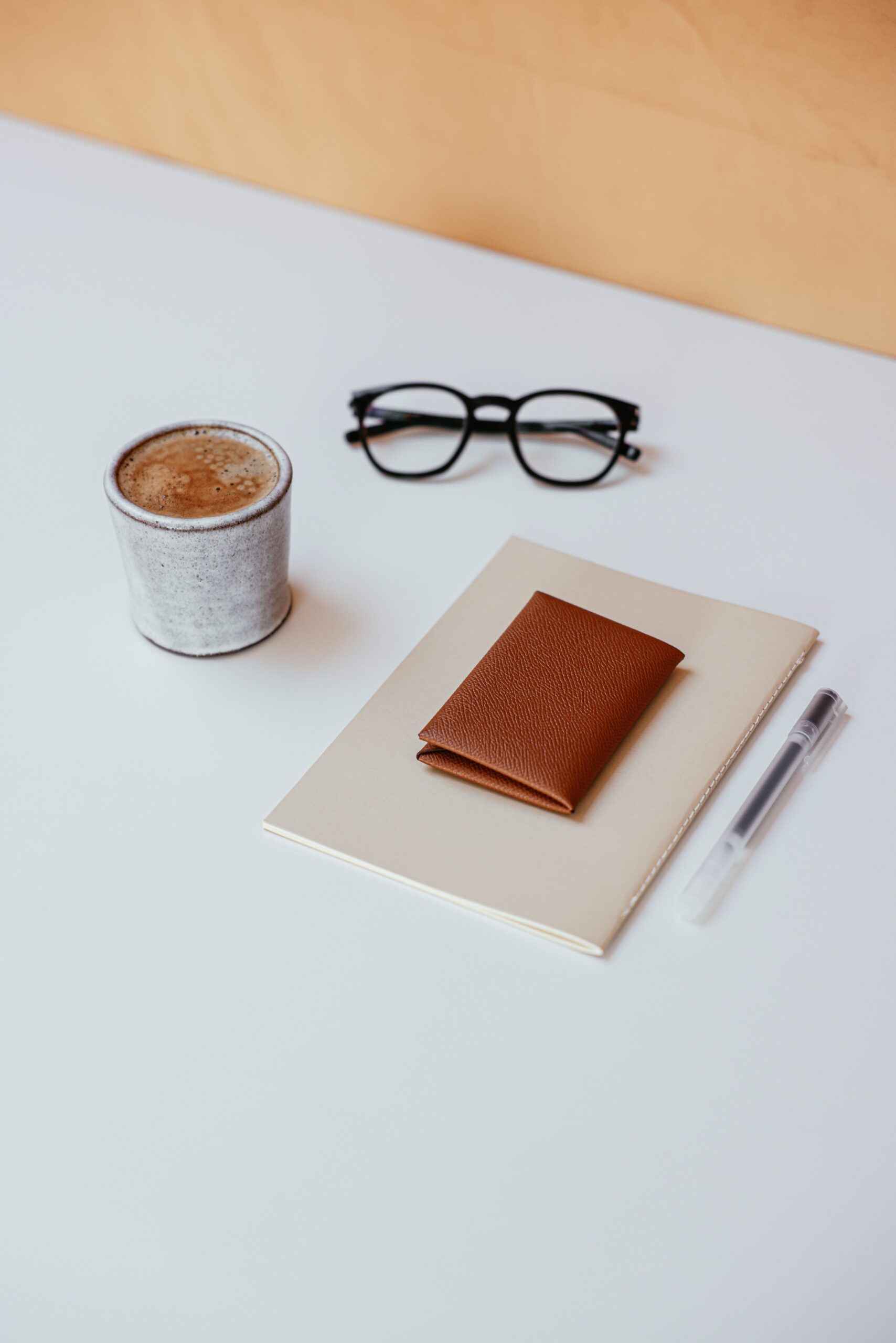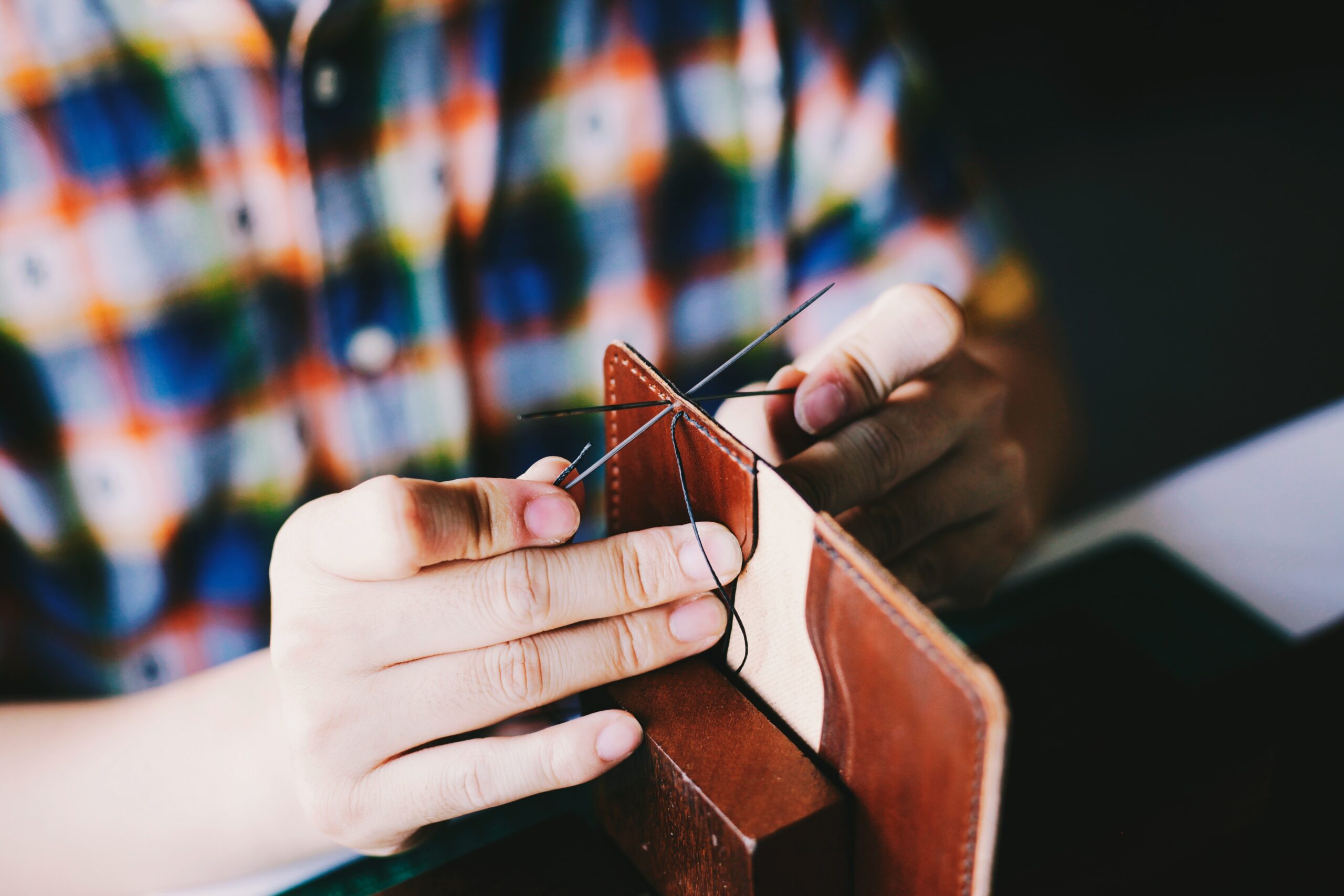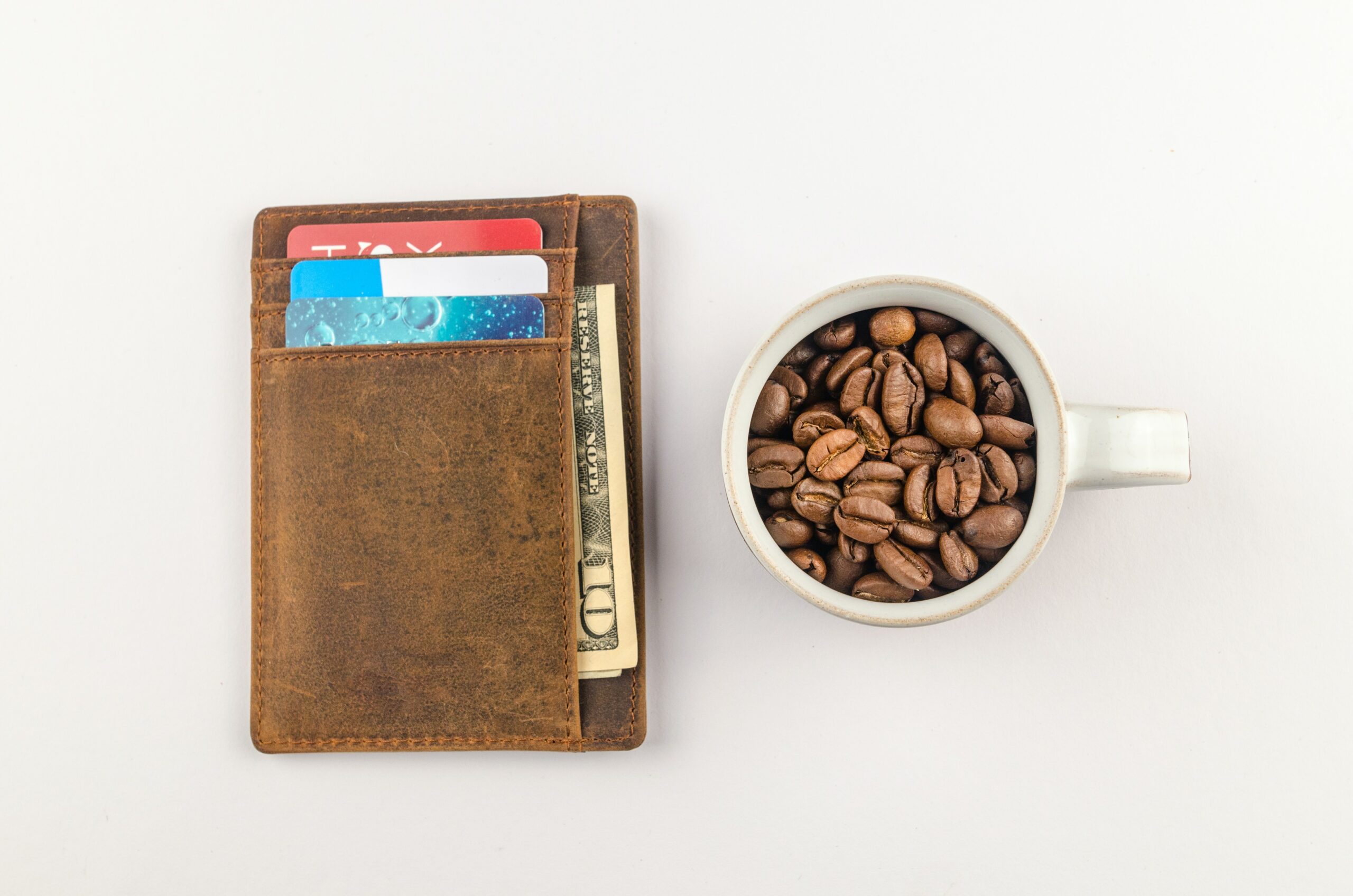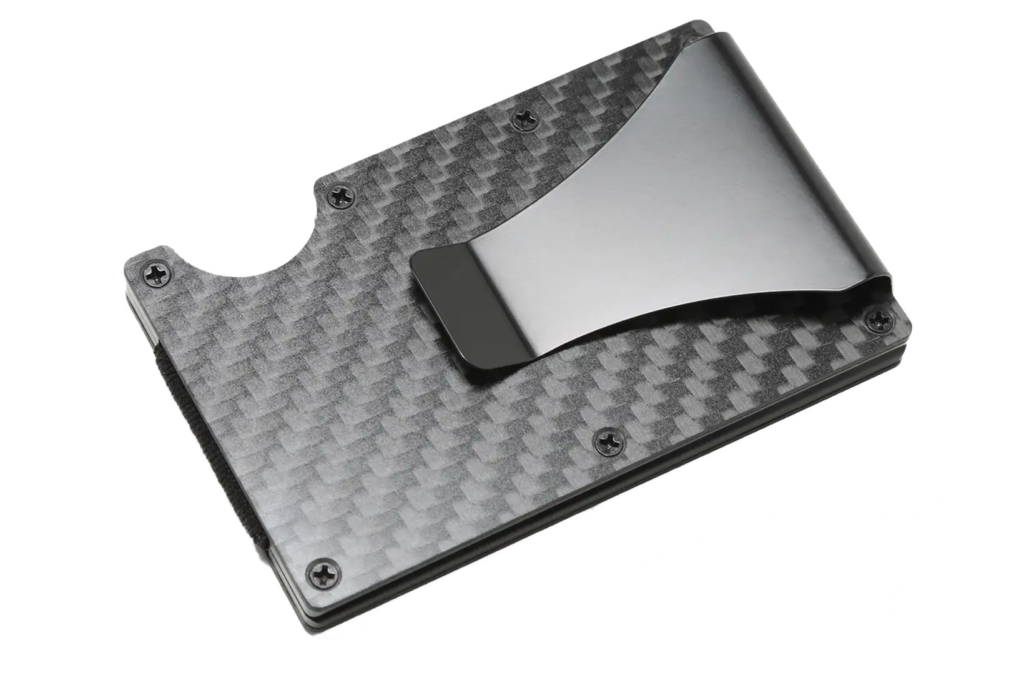Handmaking a wallet is fun and rewarding, and they make excellent gifts. It’s also a great way to get started with leather crafting.
In this post, I will point you to some of the best templates I’ve found for first-time crafters, and I’ll explain what you will need to start making your very own wallet.
Select a pattern
Before you buy any tools or materials, you will want to select a template that you find appealing.
Most wallet patterns are created for material with a specific thickness. If you try using a pattern with a sheet of leather that is either substantially thicker or thinner than intended, the stitching holes and folds may not line up correctly. So, select a pattern and then buy a piece of leather that meets the specifications.
Several leather supply companies offer free wallet patterns, which you can download as a PDF, and there are a wide variety of styles to choose from. I found three templates that I like. Each one is appropriate for a first-time crafter.
Card wallet template
A card wallet has a slim, minimalist design. It doesn’t fold but has pockets to hold credit cards, IDs, or folded bills.
The leathercraft site Makesupply offers a free card wallet pattern and a tutorial video. It’s ideal for a first-time crafter since it uses a single sheet of leather, which is then folded to create three compartments or pockets. It also only requires a minimal amount of stitching. Their template is strictly designed for use with 1.5mm leather.
Bifold wallet template
Chris from Leather Cove has put together various leathercraft templates and tutorials, so his site is worth exploring in depth. If you want a fairly traditional but minimalistic wallet, his bifold wallet pattern is straightforward and only requires two pieces of leather. It also doesn’t involve any complicated cuts. Although 1.5mm leather or slightly thicker is ideal, this template can be used with most sheets, regardless of the thickness.
Passport wallet template
Passport wallets are larger than normal and are a bit more complicated to construct. However, Leather Cove’s passport wallet pattern is relatively simple, yet the final product looks great. This will be a great second project if you’ve already mastered a simpler wallet design. As with the bifold wallet, this template is a bit more flexible than others you might find since you can use just about any thickness of leather.
Gather the necessary tools
The three templates I provided above require only a few tools:
- Scissors
- Crafting knife
- A straightedge
- Scratch awl
- Stitching needles and thread
Though these are optional, you will probably also want a piece of scrap wood and a cutting mat.
If you don’t have an awl, you can purchase a pack of two scratch awls for less than $5 (USD). An icepick can also be used instead, but an awl is easier to use.
The stitching needles and threats you use need to be appropriate for leatherwork. A pack of 23 costs about $4 (USD), though if you need other tools on this list, it’s worth buying a kit that includes needles and an awl.
If you end up using a template that is more complicated than those provided above, you may need some additional tools, including:
- Mallet for pounding folds
- Pushpins to fold pieces in place
- Clamps, which are used when creating folds
Consider purchasing a kit
If you have some of the more common tools listed above but need threading supplies, a simple sewing kit that includes an awl, thread, and needles will cost as little as $4 (USD). A more extensive kit that includes additional tools, such as a mallet and prong punches (an optional but useful tool), can cost between $15 and $30 (USD). Bundled kits are usually more cost-effective than purchasing the items individually. It’s also a good route if you plan to do additional leathercrafts.
Materials
There are a variety of grades of leather, and you’ll want to be careful when ordering to ensure you get the right kind. You will want to use either full-grain or top-grain leather for a wallet.
You will need approximately two square feet of tanned leather for most wallet projects. As I mentioned above, the precise thickness of the material may depend on the pattern or template you use.
In terms of the stitching, generally, 0.6mm thread will work.
Select high-quality leather
Full-grain leather is the toughest and most durable type of leather. It is harder to work with than top-grain leather, so I only recommend using it if you already have some experience with leatherworking.
Top-grain leather is made from the same outermost portion of rawhide as full-grain leather, but it was sanded before being tanned. I recommend using it since it is easier to work with.
Avoid suede and bonded leather.
You will want to avoid using either suede or bonded leather. Suede is made from the softest and most supple part of rawhide. While it has a pleasing texture, it is far less durable than full-grain leather and is not water-resistant.
It’s important to note that leather products or materials that are labeled “genuine leather” are, in fact, suede. Full-grain and top-grain leather might be labeled “traditional leather,” so double-check the product description before buying a leather sheet.
Bonded leather is a cheap material made from ground-up leather scraps glued to a synthetic backing. It’s most often used in upholstery and isn’t durable enough to be used in a wallet.
Construction tips
When it comes time to use your template to cut out the leather, make sure you work on a firm, non-slick surface. A craft cutting mat is recommended.
You will need to either print your template on cardstock or glue the printed sheet to a piece of non-corrugated cardboard. If you simply print the template on office paper and try to trace it with your awl, you will probably end up with inaccurate edges. The awl needs the extra thickness of the cardstock to guide it as you trace.
While you could use a pen to try the template, it will be difficult to remove the ink. The best approach is to place your piece of leather grain-side up and trace the template using the awl’s point. As it scratches the leather, it creates a score or guide for the knife, ultimately making it easier to cut out.
Make sure your crafting knife has a sharp blade, and use a straightedge when you need to cut straight lines. For rounded corners, work slowly to prevent the blade from slipping.
Conditioning
Once you have sewn your wallet, I recommend conditioning the leather with olive oil. Apply the oil by placing a small amount on your fingers and gently rubbing it into the leather in a circular motion. Let it sit overnight so the leather can absorb all of the oil. Use a cotton cloth to gently wipe the wallet down and ensure there isn’t oil residue before using it.
And that’s it! If you select good-quality leather and regularly clean and condition your wallet, it should last for years.
Recommended Reading
Learn more about Karbone Wallet
Learn more about recycling an old wallet
Learn more about must-have leather accessories for men






